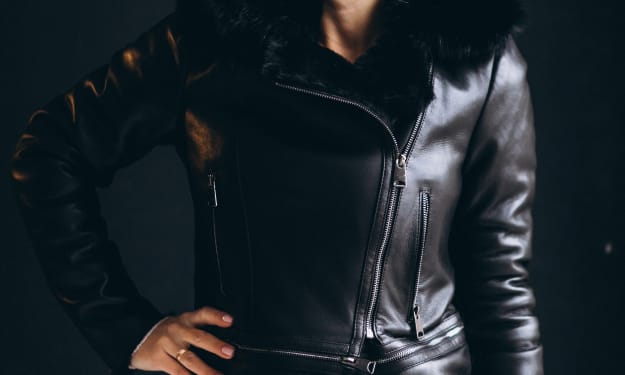Beyond 2023: Predictions on the Future of Fashion
Exploring the Innovative Technologies, Sustainable Practices, and Cultural Shifts Shaping the Fashion Industry's Future

Fashion is an ever-evolving industry that constantly adapts to the changing trends and preferences of consumers. However, the future of fashion is not just about meeting the current demands but also about anticipating and preparing for the future needs of the consumers. In this article, we will explore some of the predictions for the future of fashion beyond 2023.
Sustainable fashion will be the norm
The fashion industry is notorious for its environmental impact, with clothing production being responsible for a significant amount of waste, pollution, and greenhouse gas emissions. However, the trend towards sustainable fashion has been gaining momentum in recent years, and it is predicted to become the norm in the future.
Sustainable fashion refers to clothing that is made from eco-friendly materials, such as organic cotton, recycled polyester, and biodegradable fabrics. It also includes practices such as zero-waste manufacturing, upcycling, and reducing the carbon footprint of the production process.
Consumers are increasingly conscious of the impact of their clothing choices on the environment, and they are demanding sustainable options. In response, many fashion brands are adopting sustainable practices and materials to meet this demand. In the future, it is predicted that sustainable fashion will no longer be a niche market, but a standard practice for all fashion brands.
Technology will revolutionize the industry
Technology has already had a significant impact on the fashion industry, from e-commerce platforms to 3D printing. However, the future of fashion will see even more innovations that will revolutionize the industry.
One of the most exciting developments is the use of artificial intelligence (AI) and machine learning. These technologies can be used to improve the design process, predict consumer trends, and optimize supply chain management. For example, AI algorithms can analyze social media and search trends to predict which styles and designs will be popular in the future.
Virtual and augmented reality (VR and AR) are also expected to play a more significant role in fashion. VR can be used to create virtual fashion shows and interactive shopping experiences, while AR can enable consumers to try on clothes virtually before making a purchase.
Inclusivity will become a priority
Fashion has traditionally been exclusive, with certain body types, skin colors, and gender identities being underrepresented or even excluded. However, the future of fashion is predicted to be more inclusive, with a focus on diversity and representation.
In recent years, there has been a shift towards more inclusive fashion, with brands such as Fenty Beauty and Savage X Fenty by Rihanna leading the way. These brands have embraced diversity and inclusivity in their marketing, advertising, and product offerings, catering to a wide range of skin tones, body types, and gender identities.
In the future, it is predicted that inclusivity will become a priority for all fashion brands, with a focus on representing and celebrating the diversity of their consumers.
Customization and personalization will be the norm
Consumers are increasingly looking for clothing that reflects their unique style and personality. In response, many fashion brands are offering customization and personalization options, such as personalized monograms or made-to-measure clothing.
In the future, it is predicted that customization and personalization will become even more prevalent, with the use of technology enabling consumers to design their own clothes and accessories. 3D printing, for example, could be used to create personalized jewelry or even clothing.
Circular fashion will reduce waste
The traditional linear model of fashion, where clothes are produced, sold, and eventually discarded, is no longer sustainable. However, the future of fashion is predicted to be circular, where clothing is designed to be reused, recycled, or upcycled.
Circular fashion involves designing clothing that can be easily disassembled and recycled, using eco-friendly materials, and implementing closed-loop systems for production and distribution.
About the Creator
Jawad Ali
As a writer, I am passionate about crafting compelling stories and engaging content. With a love of language and a dedication to my craft, I strive to create work that resonates with readers and leaves a lasting impact.
Enjoyed the story? Support the Creator.
Subscribe for free to receive all their stories in your feed. You could also pledge your support or give them a one-off tip, letting them know you appreciate their work.





Comments (1)
A very good article. I find your last point about circular fashion extremely interesting.